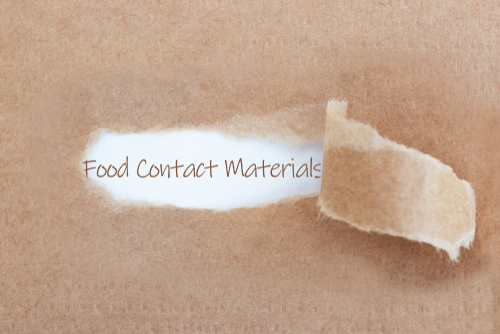Global experts call for harmonised safety assessments of Food Contact Materials
- Like
- Digg
- Del
- Tumblr
- VKontakte
- Buffer
- Love This
- Odnoklassniki
- Meneame
- Blogger
- Amazon
- Yahoo Mail
- Gmail
- AOL
- Newsvine
- HackerNews
- Evernote
- MySpace
- Mail.ru
- Viadeo
- Line
- Comments
- Yummly
- SMS
- Viber
- Telegram
- Subscribe
- Skype
- Facebook Messenger
- Kakao
- LiveJournal
- Yammer
- Edgar
- Fintel
- Mix
- Instapaper
- Copy Link
Posted: 8 April 2025 | Ian Westcott | No comments yet
ILSI Europe calls for global harmonisation of food contact materials (FCMs) risk assessments to improve food safety and simplify international trade, addressing key regulatory differences.


Food contact materials such as packaging and processing equipment are essential for food safety, but differing regulations worldwide present challenges for global trade and risk assessment. Credit: Shutterstocker
Food contact materials (FCMs), such as plastics, metals, and inks used in food packaging and processing, are crucial in maintaining food safety. However, regulatory requirements for FCMs differ significantly across various regions, leading to challenges in global compliance and risk assessment. A new paper from ILSI Europe sheds light on areas where harmonisation of risk assessment protocols could benefit both consumer protection and global trade.
Regulatory differences across key regions
Companies involved in the production and distribution of Food Contact Materials must navigate a complex landscape of rules that vary by region. A recent review compares the FCM risk assessment procedures in multiple jurisdictions, including the US, EU, MERCOSUR, India, China, Japan, and Thailand. The paper highlights key divergences in testing protocols, assessment criteria, and regulations. Despite these differences, the fundamental goal remains to ensure that FCMs do not pose a threat to human health.
The need for harmonisation in FCM risk assessment
As substances released from FCMs and routes of human exposure remain consistent worldwide, the need for harmonised risk assessments is clear. Aligning regulatory frameworks could improve efficiency, enhance consumer protection, and streamline global trade. The paper identifies several areas for potential harmonisation, including analytical procedures, foodstuff classifications, simulants, and bioassay testing.
Achieving global consensus on safety assessments
While achieving full global harmonisation remains a long-term goal, the ILSI Europe workshop in April 2024 revealed that aligning safety assessment principles is a more immediate and attainable objective. Following the workshop, the ILSI Europe Packaging Materials Task Force convened a group of experts to examine existing risk assessment approaches and find common ground.
Expert insights on harmonisation
Cristina Nerin from the University of Zaragoza, Spain, commented:
“Harmonisation of risk assessment criteria for food contact materials is crucial in the global market. While harmonisation is complex, it is achievable with collaboration between stakeholders. This paper provides an essential overview to begin this process, step by step.”
Peter Oldring from Sherwin Williams, UK, added:
“This paper highlights both the similarities and differences in regulatory approaches. Despite these differences, risk assessments should be aligned, as hazards are the same worldwide. Cooperation between regulators, politicians, and industry is key to achieving this goal.”
Conclusion: A step-by-step approach to harmonisation
ILSI Europe’s report, now published in Trends in Food Science & Technology, discusses the risk assessment criteria for FCMs across regions and material categories. The paper emphasises the importance of collaboration between global stakeholders to align safety assessments, reduce animal testing, and make it easier to trade packaged food across borders.








